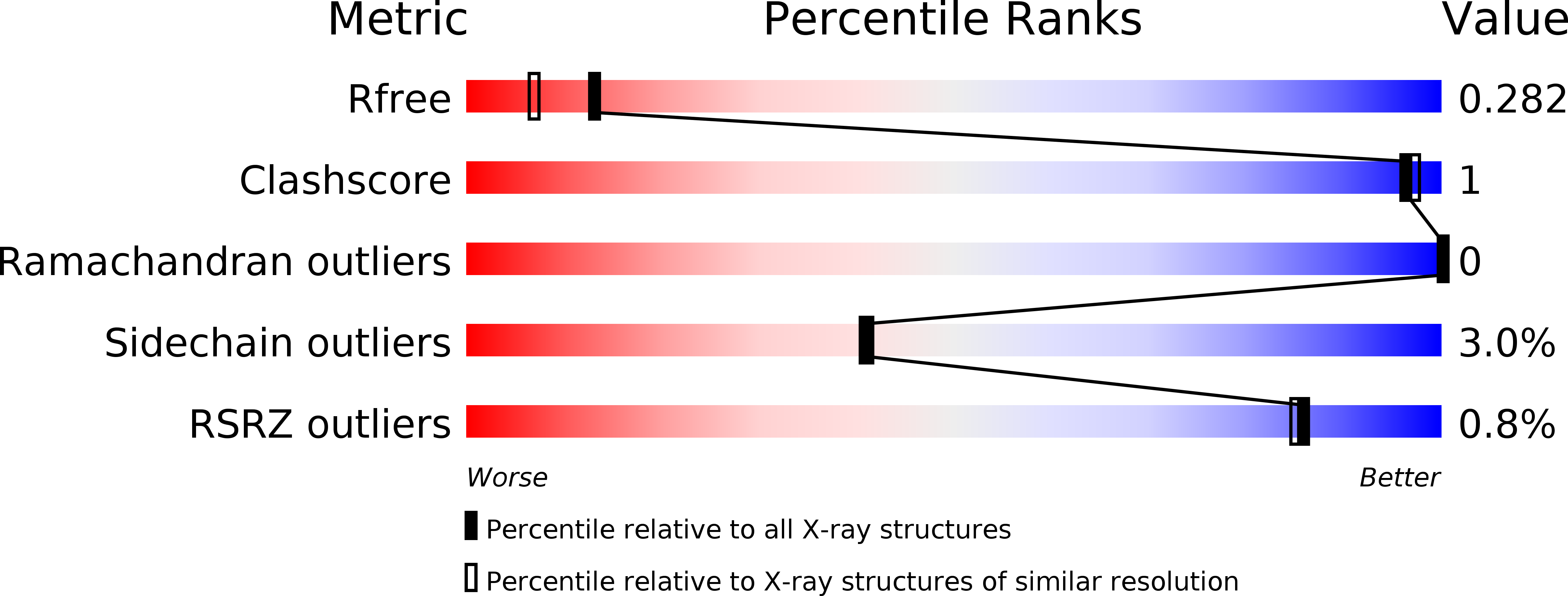
Deposition Date
2004-12-01
Release Date
2005-02-22
Last Version Date
2024-04-03
Entry Detail
PDB ID:
1Y4Y
Keywords:
Title:
X-ray crystal structure of Bacillus stearothermophilus Histidine phosphocarrier protein (Hpr)
Biological Source:
Source Organism:
Geobacillus stearothermophilus (Taxon ID: 1422)
Host Organism:
Method Details:
Experimental Method:
Resolution:
2.00 Å
R-Value Free:
0.28
R-Value Work:
0.21
R-Value Observed:
0.21
Space Group:
I 41 2 2


